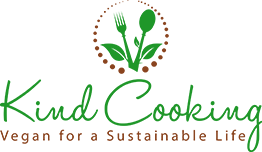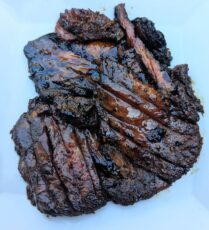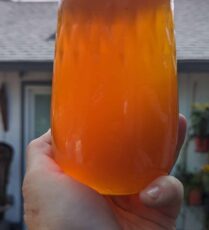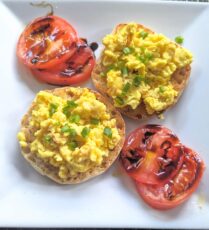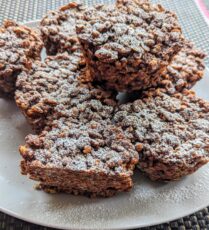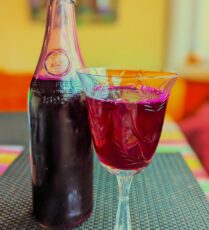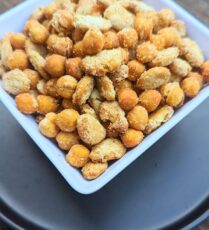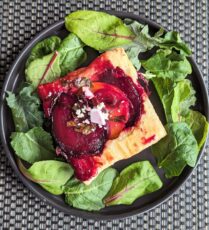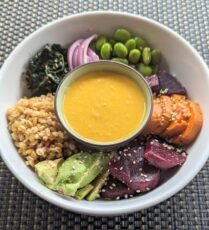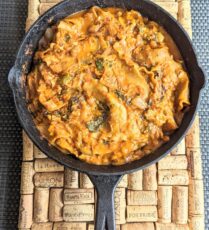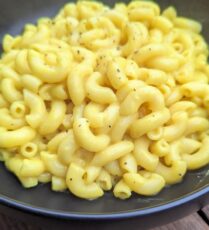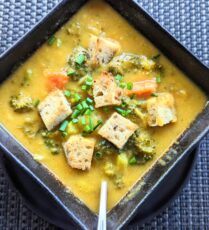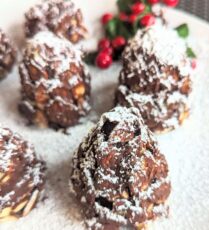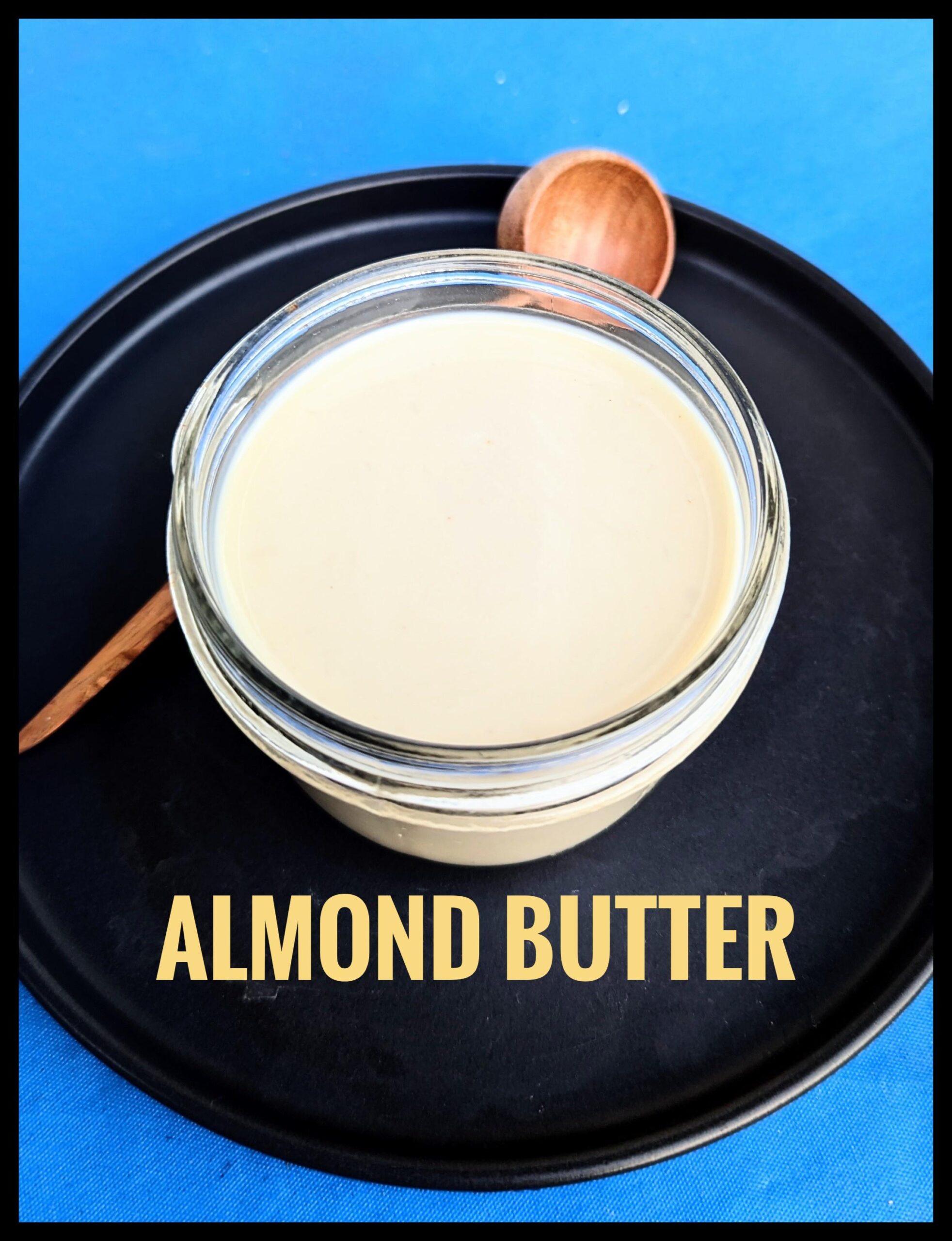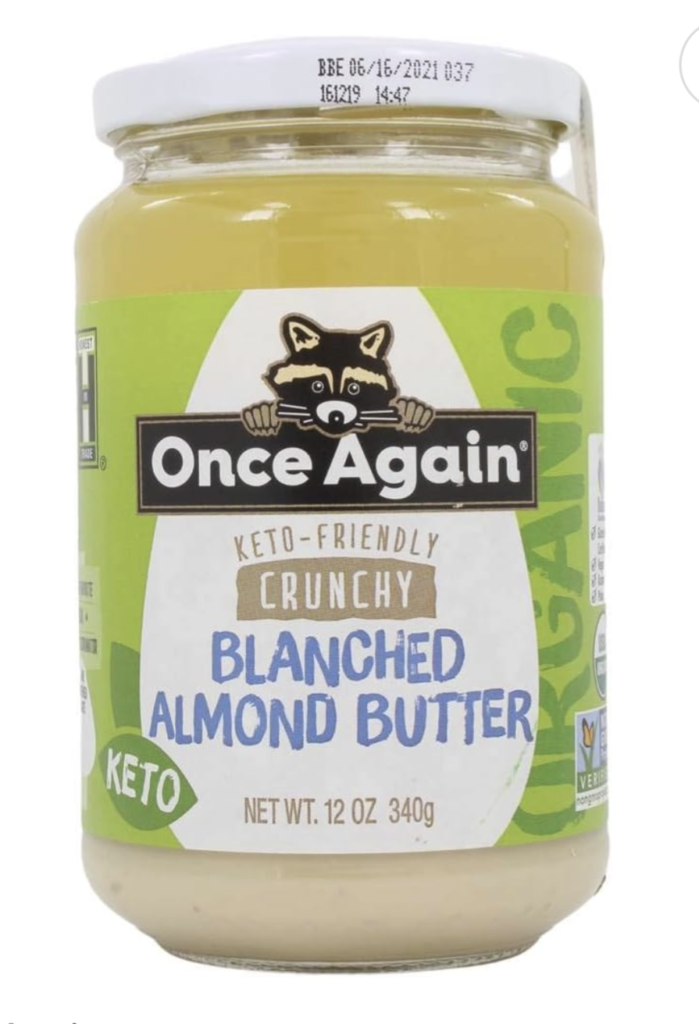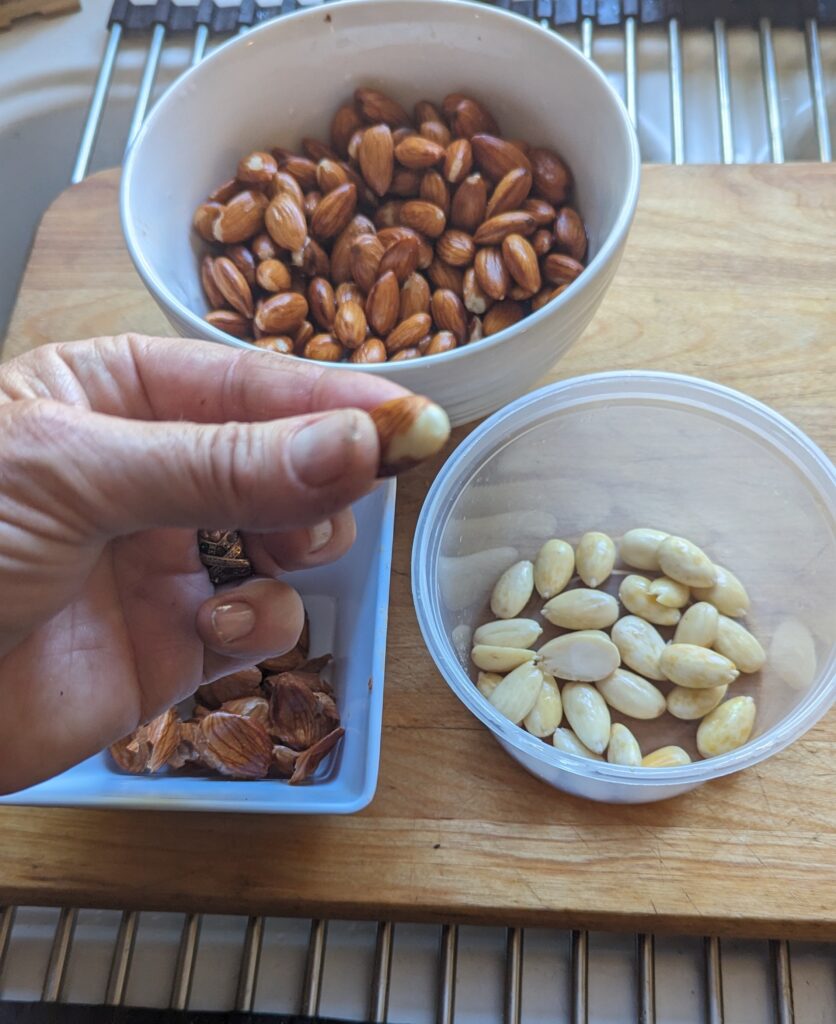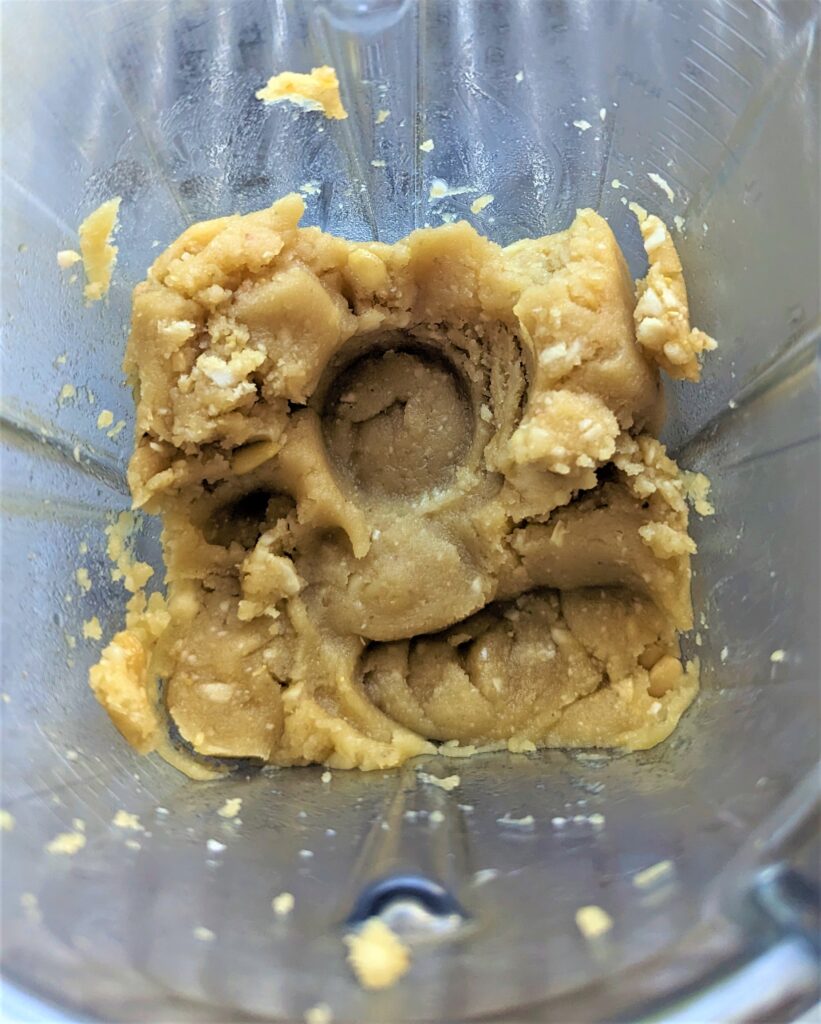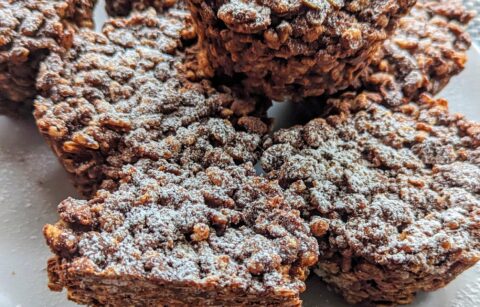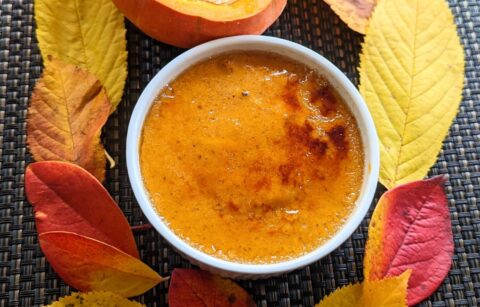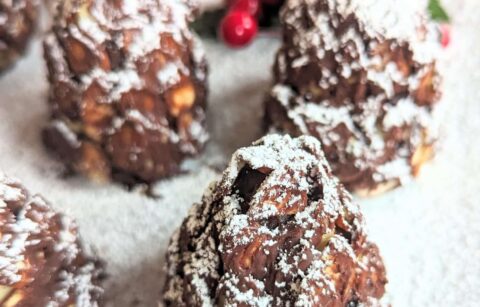America has a love affair with peanut butter. France, loves hazelnuts (can you say Nutella) and almonds (marzipan, frangipane)! My first taste of almond butter was growing up in France. My parents used to shop either at the local farmer’s market or at a nearby natural food coop. That’s where they bought their almond butter. It was a light beige color and super creamy, very different from the almond butter in the states. American almond butter is thicker, darker, a bit more bitter. It turns out, that the main difference came from the fact that the almonds were blanched so the butter was more buttery and naturally milder in the French butter. I loved it so much that I used to bring back a jar every time I went to visit my parents and make it last as long as I could.
Fast forward to 5-6 years ago and to my surprise I found one brand of blanched almond butter on Amazon.
I was so happy that I didn’t care how it much it cost! It isn’t exactly cheap. $20 + $8 shipping (and there are never many in stock!) But it was definitely cheaper than flying roundtrip to France! So it got me thinking, how hard can it be to make it? I have a Vitamix. But instead of roasting the almonds, like most brands do, I prefer soaking them overnight. My mom taught me about the health benefits of soaking almonds and as a result, I have done it my whole life. And after you find out why, I am pretty sure that you will too!
Why soak almonds?
Soaking raw almonds for a few hours or overnight transforms a dormant seed/nut into a living sprout meaning that it is now ready to grow (think life force). If you have a moment, take a raw almond and a soaked one. Look at what happens. A little sprout is showing up. It is like magic. The flavor changes too. Instead of hard dry roasted almonds, you now have a tender fruit that literally melts in your mouth.
It also does the following:
1. Removes the phytic acid (an enzyme designed to prevent a seed from accidentally sprouting) and the tannins found in the skin that makes the almonds harder to digest. The water will be opaque because of it.
2. Makes it super easy to remove the skin. After soaking them, just squeeze one end of the almond and it will come right out in one piece! Major time saver.
3. Blanching Almond removes all bitterness from the butter.
4. Removing the protective skin also increases the nutrients bioavailability.
Making butter
Truth be told, this process requires a bit of patience even if you have a good blender. You know the saying, ‘all good things comes to those who wait’. It will come handy here! I had to stop after a few minutes to cool down the motor of my blender and a few times later on as it was heating up. It is important to keep using the plunger to push the paste down. The first time I tried making it, I thought several times that it wasn’t happening!
All I could get was a thick mass of almond paste. But eventually, it went from a paste to butter. Yeah!
Just almonds and nothing else!
Most brands of almond butter add some vanilla extract, a pinch of salt and a little sweetener because they roast the almonds with their skins which makes the butter darker and a bit coarser in texture and flavor. Making your own almond butter with blanched almonds produces the tastiest smooth butter without having to add anything else to it. That’s how good it is! This being said, once you made your butter, you can always add sweetener if you want.
How to use almond butter
One of my go-to treat is a flour tortilla, a rice cracker, or toast with a teaspoon of almond butter and some apricot jam. It goes so well with some soy yogurt and a little apple sauce. It is sooooo good that is it now my new favorite summer desert! You can also use it on crepes, pancakes, muffins etc. I like to add a little to salad dressing, sauces.
The best part is that you can make almond milk from almond butter! How cool is that? Especially if you are in a hurry and don’t have to soak almonds!
How long does homemade almond butter last?
The jar I bought on Amazon says that an open jar has a 3-month shelf life. It definitely will last longer. Same for homemade as long as you keep it in a cool place, away from the light.
This recipe makes about a 16 oz jar of almond butter. I promise you one thing, whether you make it or buy it, once you try blanched almond butter, you will never go back to the other kind!
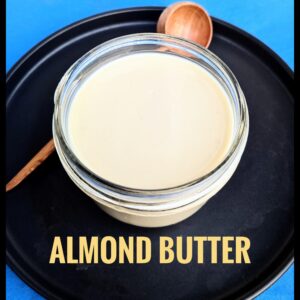
Creamy Blanched Almond Butter
Equipment
- Good blender
Ingredients
- 3 cups raw almonds
Instructions
Prepare the almonds
- Soak the almonds for a few hours or overnight in warm water.
- Pinch off the skin.
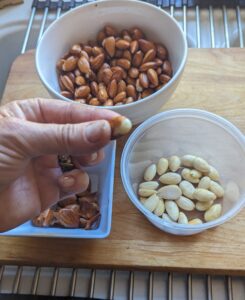
- Pat dry the almond before putting them in the blender.
- Using the plunger, push down the almonds until they form a paste. This will take a few minutes.
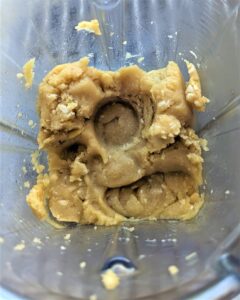
- Turn off the blender when the bowl is getting hot to cool the mixture and the motor.
- Start blending again at medium speed, continue to use the plunger and eventually, the paste will start to heat up and in the process turn into butter.
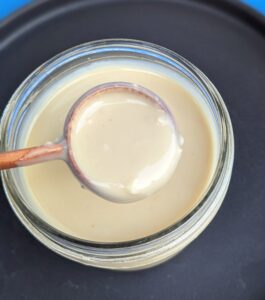
- Let the butter cool down before storing it. Taste. You can add a little sweetener or a pinch of salt if you want but it isn't necessary.
3 cups of raw almonds soaked overnight
